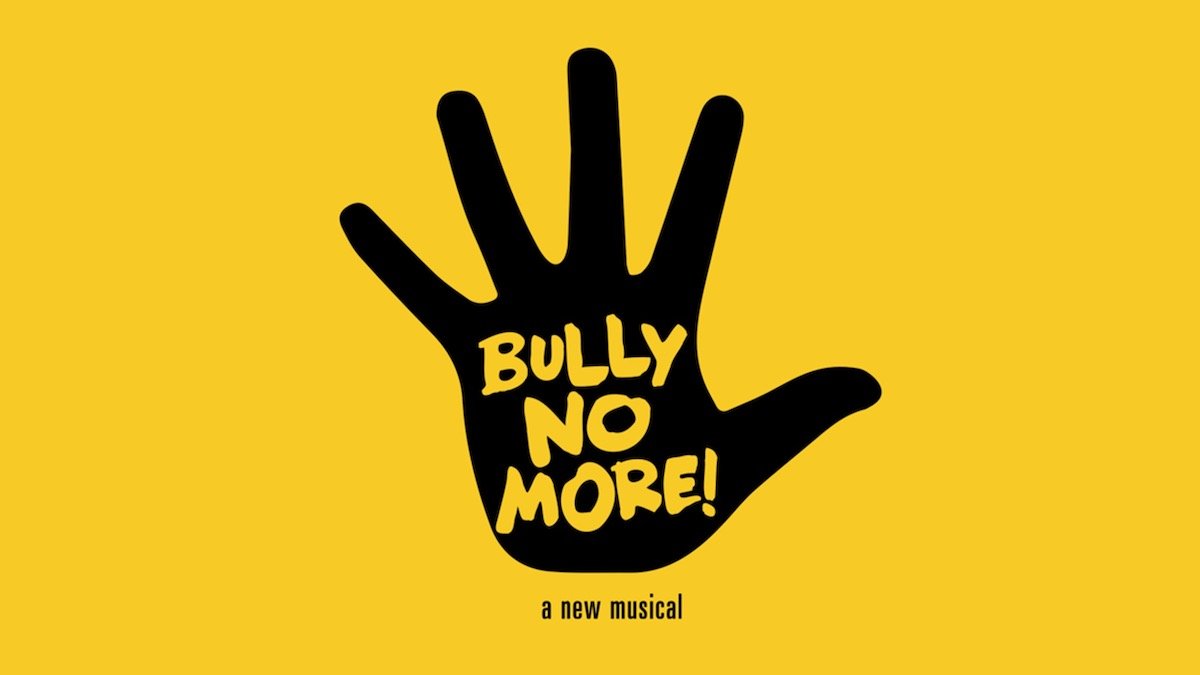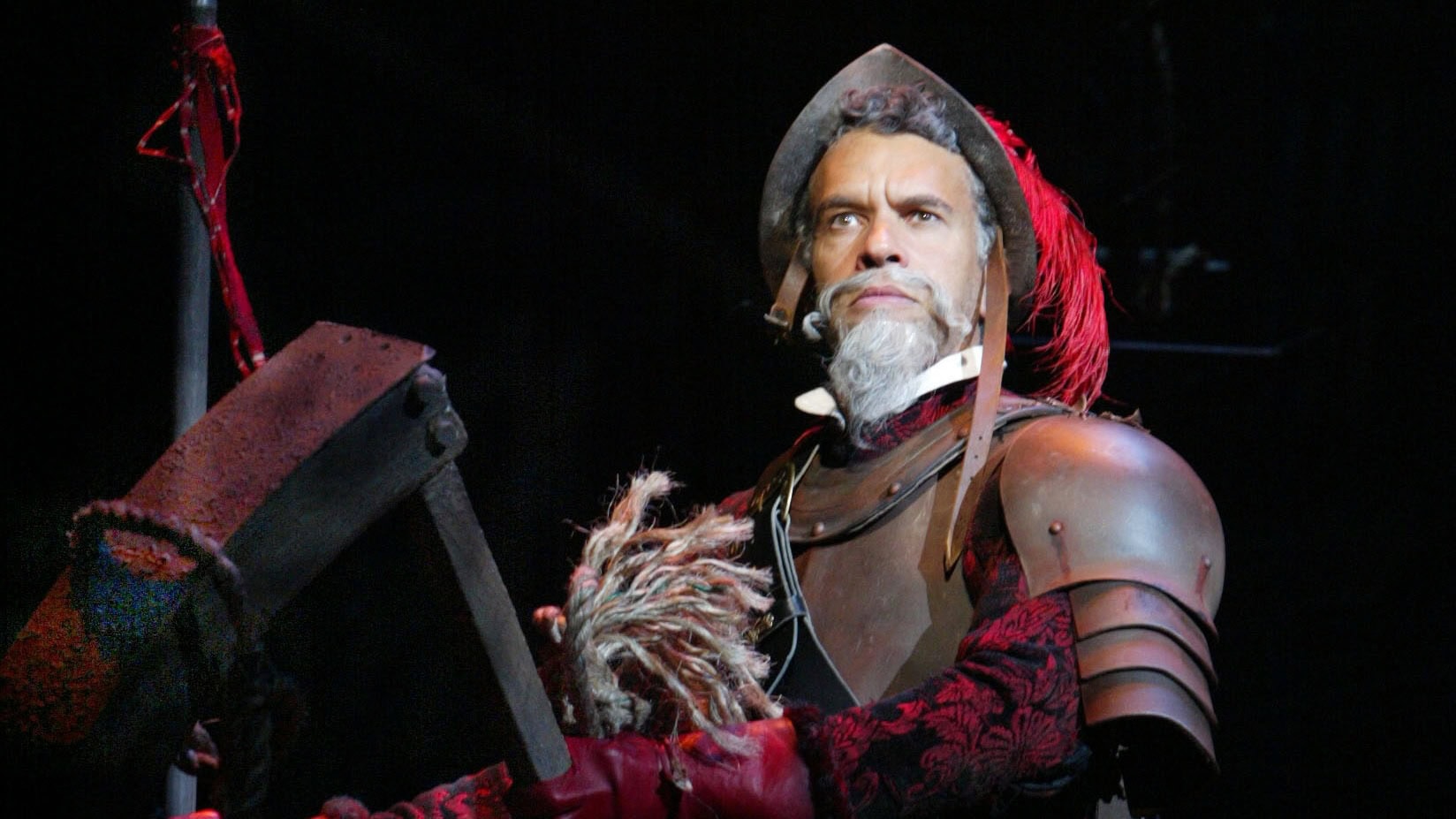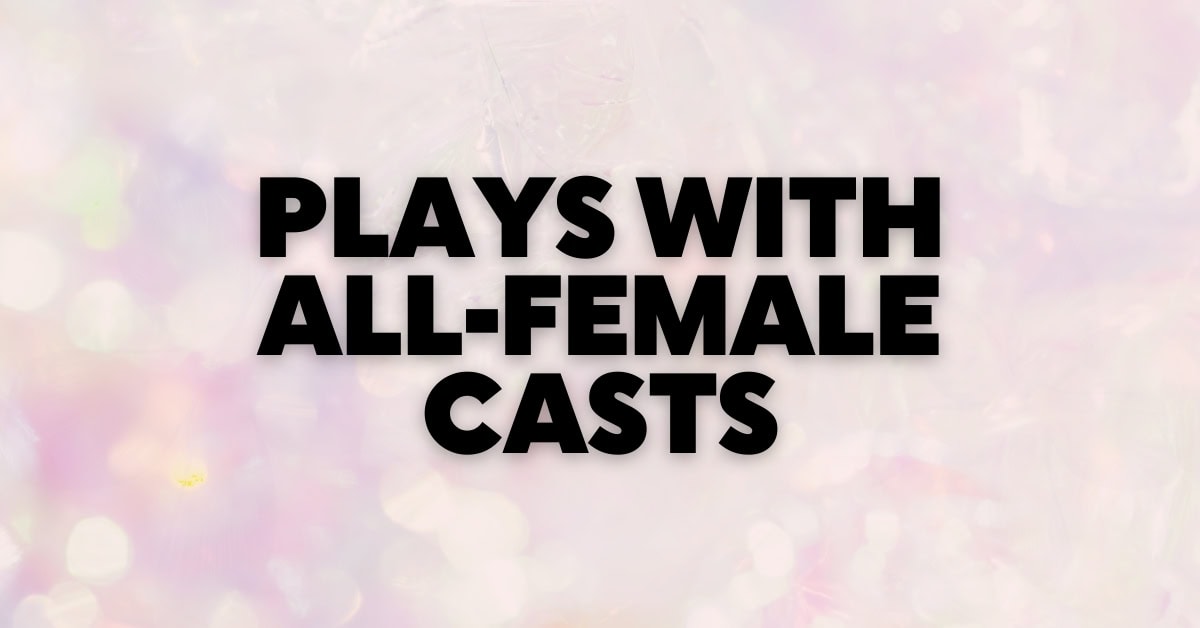
The musical Bully No More! (US/UK) explores the repercussions of bullying and celebrates the power of individuals to band together and stand up for what is right. With compelling characters and lively songs, the show empowers and inspires its audience to look out for one another, treat each other with kindness and respect, and “Hold Onto Hope” in an imperfect world.
A new version of Bully No More!, updated for 2022, is now available, so we spoke to the musical’s creator about the show, its themes and its impact.
…
What is unusual about your bullying prevention show that would make it of interest to producers, schools and theaters?
In a word: flexibility! Bully No More! stands apart from other shows for children because of the many ways it can be cast, performed, produced and included in curricula for schools, theater camps, and community theaters.
Can you elaborate?
When a school or theater licenses a “junior” version of a classic show or even lesser-known titles, the agreement often requires that the show cannot be modified. In contrast, I encourage producers, directors and performers to take creative license—scenes and songs, lines, number of actors, costumes, etc.—to fit their needs, resources, and goals. Why? Because the purpose of this show is to empower performers and audiences around the topic of bullying in a way that is not only entertaining, but is also meaningful to them! Their struggles. Their reality. Their needs. The script and songs are the springboard and inspiration for them to take the themes to somewhere new!
Speaking of somewhere new, Bully No More! is set in “The Land Between.” What’s the reasoning behind that?
We all know that children love going on adventures, at least in their imaginations. Bullying is everywhere, and kids don’t have to look far to see it in their homes, schools, playgrounds and on their devices. So, I chose an unreal locale, The Land Between, that would have a fanciful element to it. The Land Between is where the bullies and the targets interact and work out their differences.
Are the bullies and targets all animals?
Yes. I chose animals over humans so that no child would be stereotyped or stigmatized. I did not want to have an awkward or clumsy child playing a bullied target, or an academically strong child playing a bully; I didn’t want to imply that clumsy children are targets and smart kids are bullies. So, instead, I chose animal characters—including an elephant and an owl, but also a unicorn and a dinosaur. I wanted to personify behaviors that reflect bullying and its opposite, kindness and compassion, using animals that kids love. That would help them empathize.
What kinds of bullying do you depict via the animal characters?
The intellectually superior Owl chides Duck, who has learning disabilities. The speedy Rabbit ridicules Elephant, who is slow and uncoordinated. Lion belittles Tiger, who is a nerdy scientist with gender identity issues. Prankster Monkey teases multi-colored Unicorn, who symbolizes a racially diverse character, and feels invisible. Dinosaur is a quiet mediator who allows the others to work out their differences on their own.
During the pandemic, you rewrote the show. Why?
In the decade since I wrote and first produced the show, society at large, and children in particular, have been exposed to a tumult similar to the 1960s. Cyberbullying is commonplace, discourse on social media is uncivil and fake news stirs up tribalism.
What would be unthinkable for youngsters to see and say in 2010 is now omnipresent on their TVs, devices and in classrooms. Kids need a hero: a Neil Armstrong, Martin Luther King, Jr. or an Abraham Lincoln. Instead, traditional role models are being toppled and few new ones are to be found.
On top of that, the pandemic has brought about debilitating isolation across society. Depression, anxiety and suicide in our youth are at epidemic levels. Horrific mass shootings are commonplace. We all need a break! So, I rewrote Bully No More! to give adults and children something uplifting that speaks to 2022 and beyond.
What inspired you to write a children’s show about bullying?
My motivation for writing a children’s show about bullying stems from my own painful experiences. As a child, I was physically and emotionally bullied, so I empathize with the suffering that kids endure every day. I wanted to use my passion for theater to impact children and society at large in a positive way. That’s how Bully No More! came to be.
How did you get interested in theater?
I was born into a theatrical family. My dad was an actor on Broadway, performing in Pins and Needles and other Labor Stage plays. My mom was a New York City ballerina. I wanted to be a writer and performer. In school, I danced and acted. As an adult, I was the producer and director of the Greenwich Repertory Theatre and the director for the Children’s Theatre Workshops in Greenwich, CT. When I moved to Stowe, Vermont, I became a founder of the Spruce Peak Performing Arts Center and a member of their Board of Directors. I ran after school theater programs in a dozen elementary schools, and I have a Master’s in Education.
Do you have a favorite character or song or moment in the show?
My favorite song is “I Feel Strong!” (Listen to it here!)
You are a strong proponent of education and have been recognized by many organizations and leaders in your home state of Vermont. Can you elaborate on ways that your show can be a long-lasting educational tool?
Schools and theater camps can use scenes and songs from Bully No More! as standalone performance opportunities to share anti-bullying themes. School children can present portions of the show for their peers in class, at assemblies, variety shows, festivals or fairs, as well as an entire school-wide production. Kids in theater camps can also present segments as part of their camp experience. In this way, Bully No More! is a tool to encourage bullying prevention as part of the values and missions of schools and child-centered performance organizations.
Bullying is in schools, summer camps, the workplace, at home, in stores… everywhere. Most people have been affected by bullying. And that is why the musical is relevant. Teaching youngsters about bullying will influence them as they mature and
navigate the wider world. It is an essential tool in a country where troubled youth have access to handguns and semi-automatic weapons. If we can alleviate their pain, we have a better chance of preventing a tragedy.
What message do you hope audiences take from your show?
Bullying is not okay. Parents are not always aware of their children being bullied or acting as bullies. This is why bringing an entertaining musical about bullying prevention to children is a powerful teaching tool.
I hope children leave the show singing the songs that resonate with them and identifying with the characters who learn to be kind and accepting in a diverse world.
…
For more information about licensing a production of Bully No More!, visit Concord Theatricals in the US or UK.

“The Impossible Dream” – An Anthem of Hope

In the Spirit: Plays and Musicals Based on A Christmas Carol

